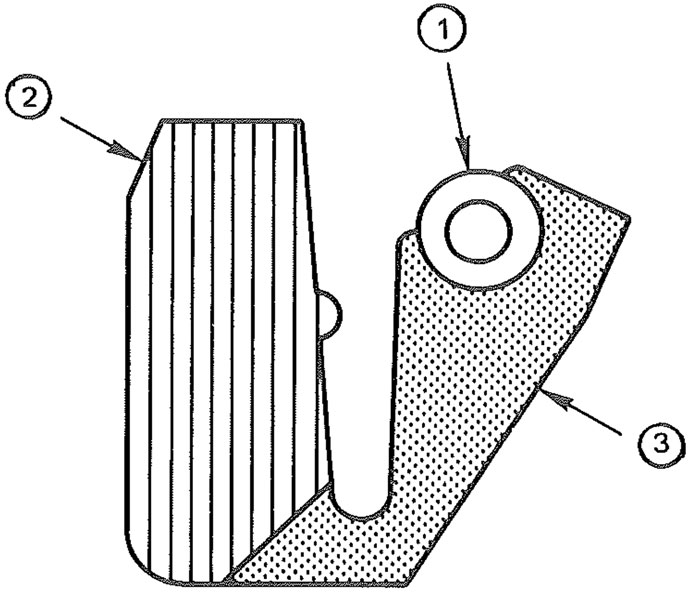The point cover on my Mk3 leaks some oil drops through the small drain hole.
I have replaced the seal and is not completely oil tight.
I have Pazon Altair electrònic ignition, and I'm thinking of closing the little drain hole, would that be a bad idea?
Thanks in advance for your opinions.
I have replaced the seal and is not completely oil tight.
I have Pazon Altair electrònic ignition, and I'm thinking of closing the little drain hole, would that be a bad idea?
Thanks in advance for your opinions.

